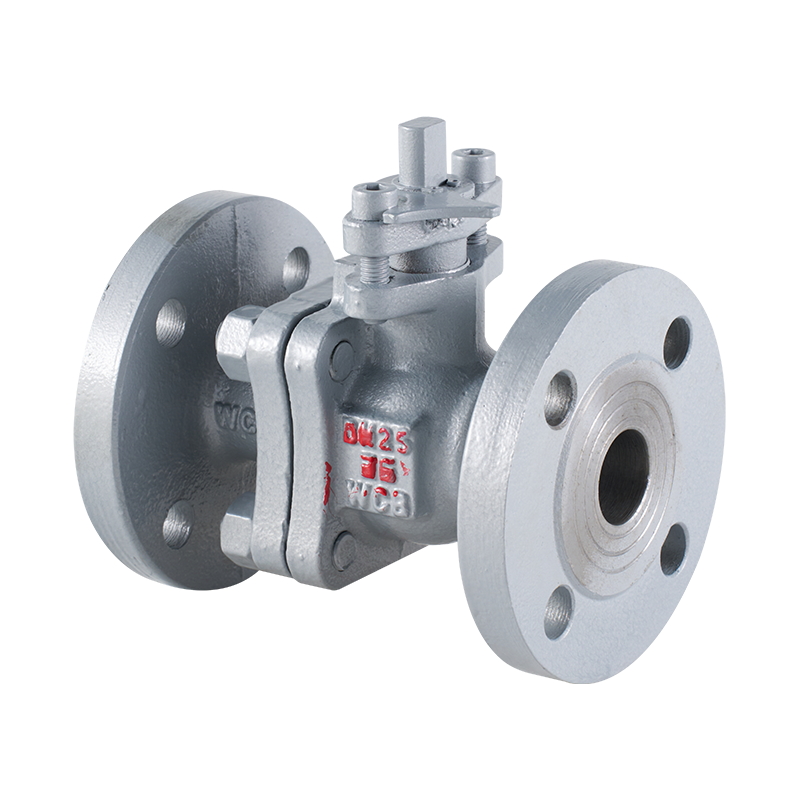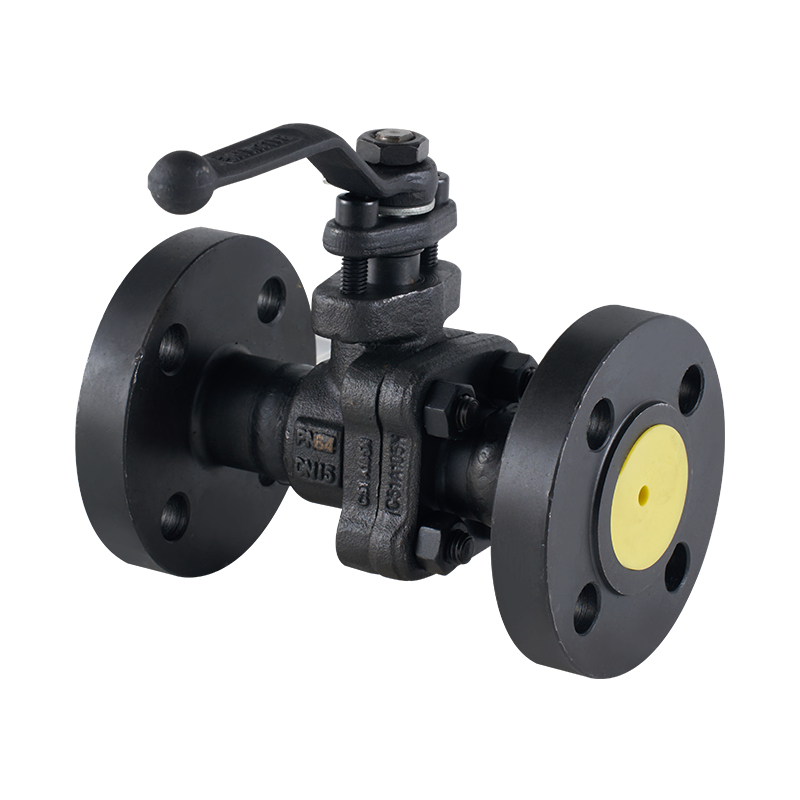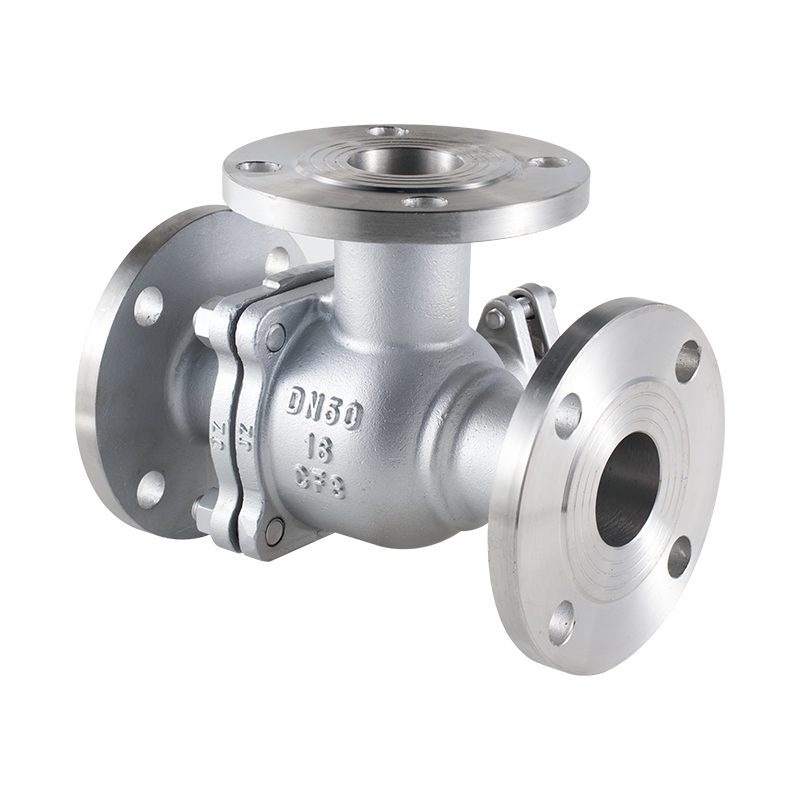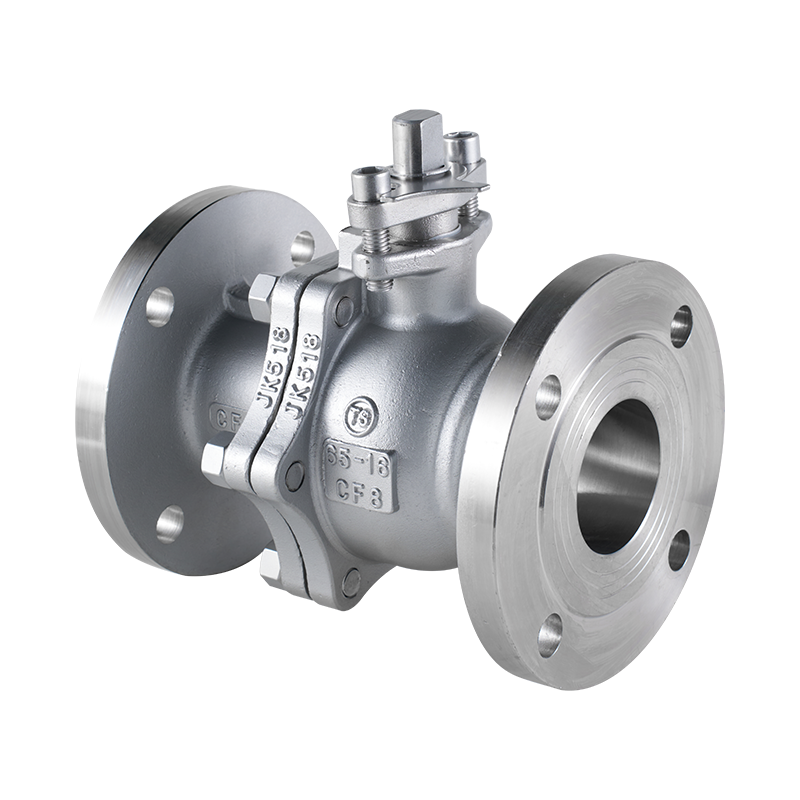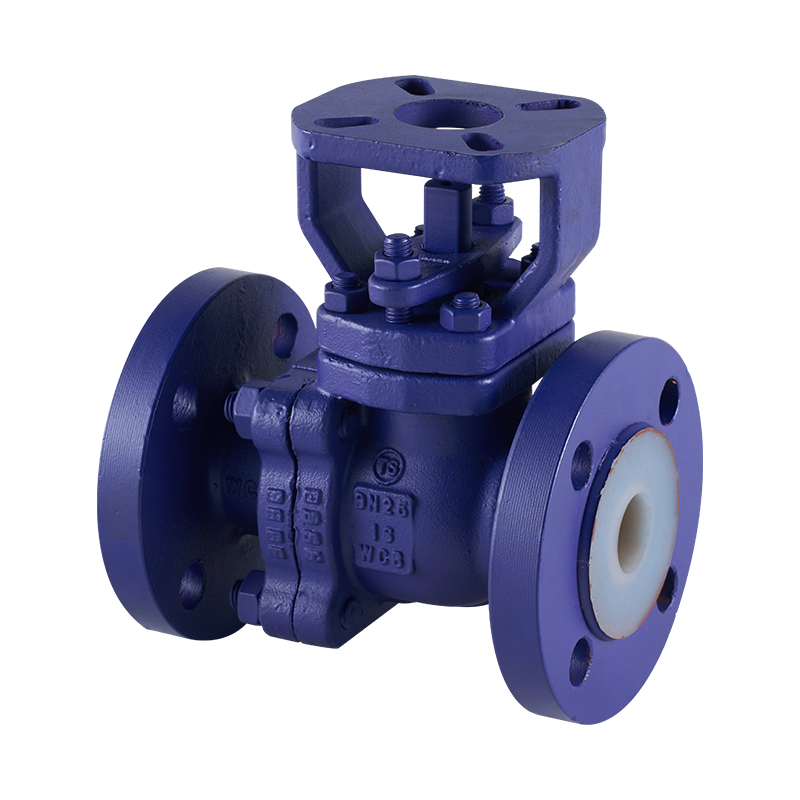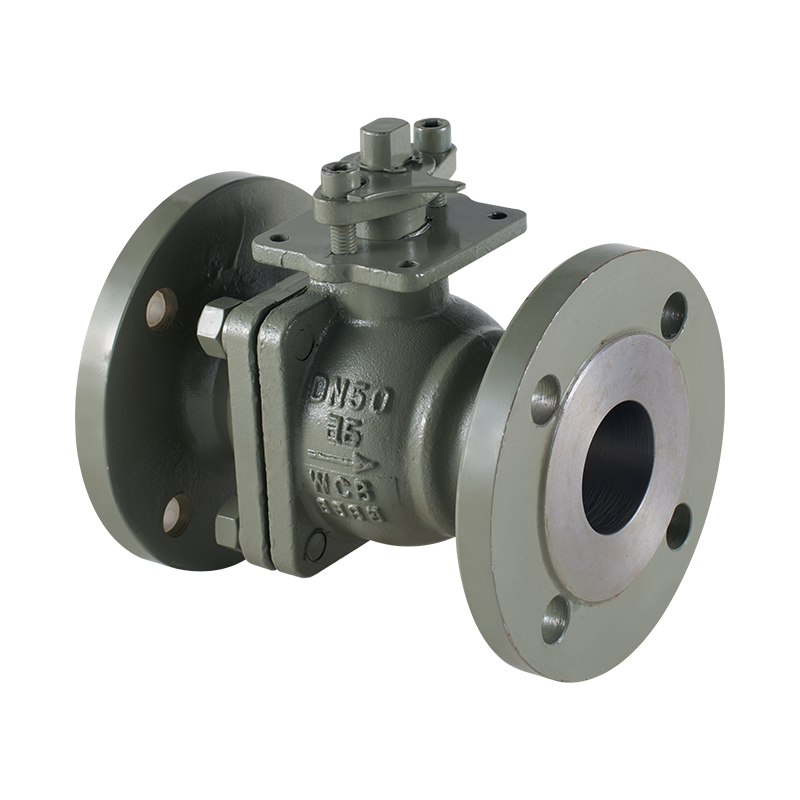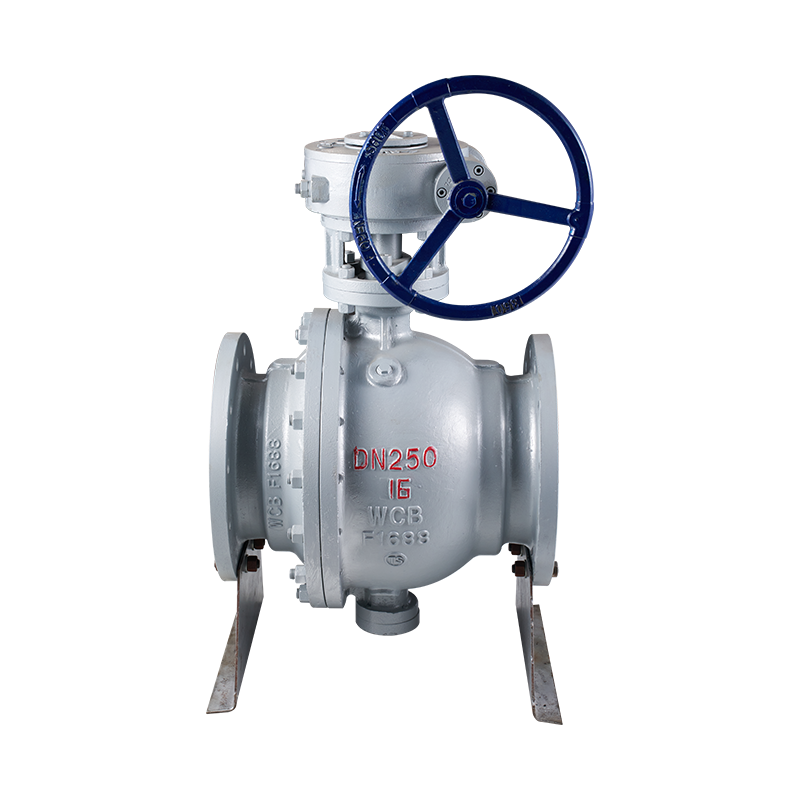The Low Pressure Ball Float Valve is an essential component in fluid systems where precise control of fluid levels is necessary. These valves are commonly used in residential, industrial, and agricultural systems that require automatic regulation of water or other fluids. Their primary function is to maintain a constant liquid level by controlling the inflow or outflow based on the float's position.
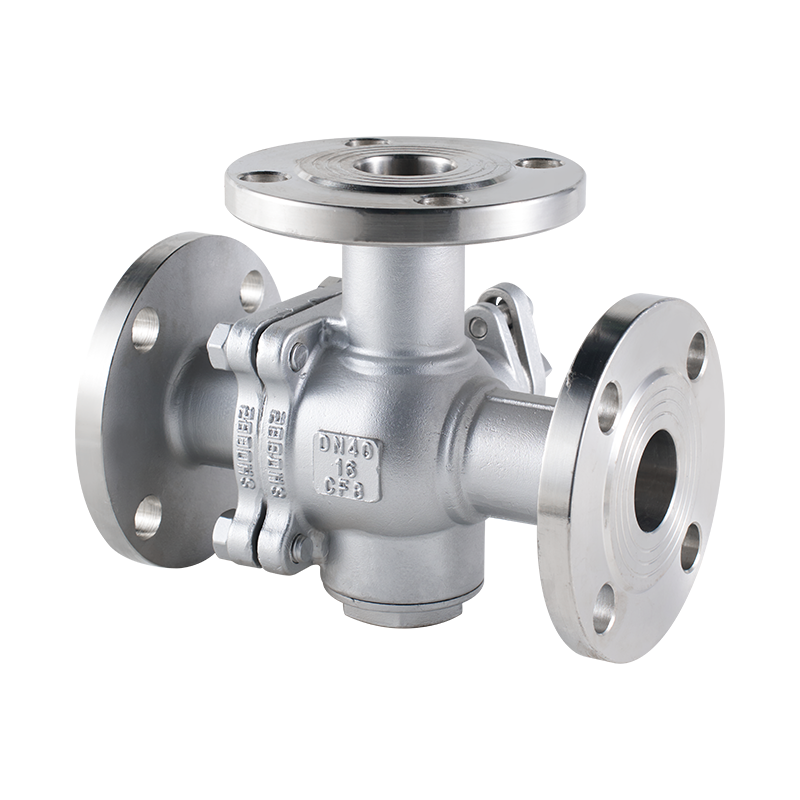
One of the main advantages of the Low Pressure Ball Float Valve is its simplicity and reliability. The mechanism consists of a floating ball that moves with the fluid level. As the fluid rises or falls, the float adjusts the valve's opening to allow or stop the flow, ensuring that the system remains within fluid levels. This straightforward mechanism minimizes the need for complex control systems while ensuring a high level of accuracy and consistency.
These valves are particularly beneficial in systems where water conservation and cost efficiency are priorities. In applications like water tanks, irrigation systems, and pressure vessels, the Low Pressure Ball Float Valve helps to reduce water wastage by preventing overflows. Additionally, the ball valve's design allows for smooth operation with minimal friction, which prolongs the valve's lifespan and reduces maintenance requirements.
The Flanged Non Return Valve, also known as a check valve, is a crucial component in piping systems that prevent the reverse flow of liquids or gases. These valves are designed to allow fluid to flow in one direction only, preventing backflow that could cause damage to the system or bring about contamination. The flanged design refers to the type of connection used, which consists of flanges that bolt the valve securely to the pipeline, ensuring a leak-free and durable installation.
One of the key roles of the Flanged Non Return Valve is to protect downstream equipment from potential damage caused by reverse flow. In many industrial systems, such as pumping stations, water treatment plants, and HVAC systems, the backflow of liquids or gases can bring about system inefficiency, pressure surges, or even equipment failure. The check valve automatically closes when there is a reversal of flow, safeguarding the system from these adverse effects.
The Flanged Non Return Valve also plays a critical role in maintaining system pressure. By preventing reverse flow, it ensures that pressure is not lost in the pipeline, which could bring about operational issues in pumps and compressors. This makes the valve particularly valuable in systems that rely on consistent pressure, such as water distribution networks and chemical processing plants.
Another significant advantage of the Flanged Non Return Valve is its simple operation. It does not require external power or control mechanisms to function. Instead, it operates automatically based on the flow of the fluid, making it a reliable and low-maintenance solution. Its robust construction, often made from durable materials like stainless steel or brass, ensures longevity even in harsh conditions.
Cutting of Marina Check Valve
The Marina Check Valve, specifically designed for use in marine and water-based systems, is an important component for preventing backflow and protecting vital equipment such as pumps, engines, and filters in boats, ships, and marinas. Cutting or modifying a Marina Check Valve is often necessary for fitting it into custom applications or adapting it to specific system requirements. However, it is important to approach this process with care to avoid compromising the valve's functionality and integrity.
The cutting process for a Marina Check Valve typically involves precision techniques to ensure that the valve can be integrated into the pipeline without affecting its ability to prevent reverse flow. The valve's internal components, including the spring mechanism and ball or disc, are specifically designed to allow one-way fluid flow. Modifying the valve incorrectly can interfere with these components, rendering the valve ineffective.

 English
English 中文简体
中文简体


